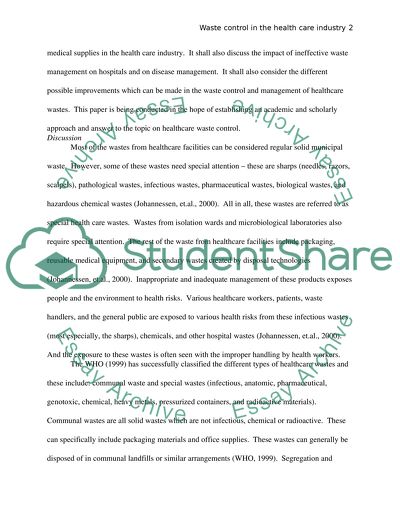Cite this document
(“Waste Control of Medical Supplies in the Health Care Industry Research Paper”, n.d.)
Retrieved from https://studentshare.org/family-consumer-science/1408580-waste-control-of-medical-supplies-in-the-health
Retrieved from https://studentshare.org/family-consumer-science/1408580-waste-control-of-medical-supplies-in-the-health
(Waste Control of Medical Supplies in the Health Care Industry Research Paper)
https://studentshare.org/family-consumer-science/1408580-waste-control-of-medical-supplies-in-the-health.
https://studentshare.org/family-consumer-science/1408580-waste-control-of-medical-supplies-in-the-health.
“Waste Control of Medical Supplies in the Health Care Industry Research Paper”, n.d. https://studentshare.org/family-consumer-science/1408580-waste-control-of-medical-supplies-in-the-health.


